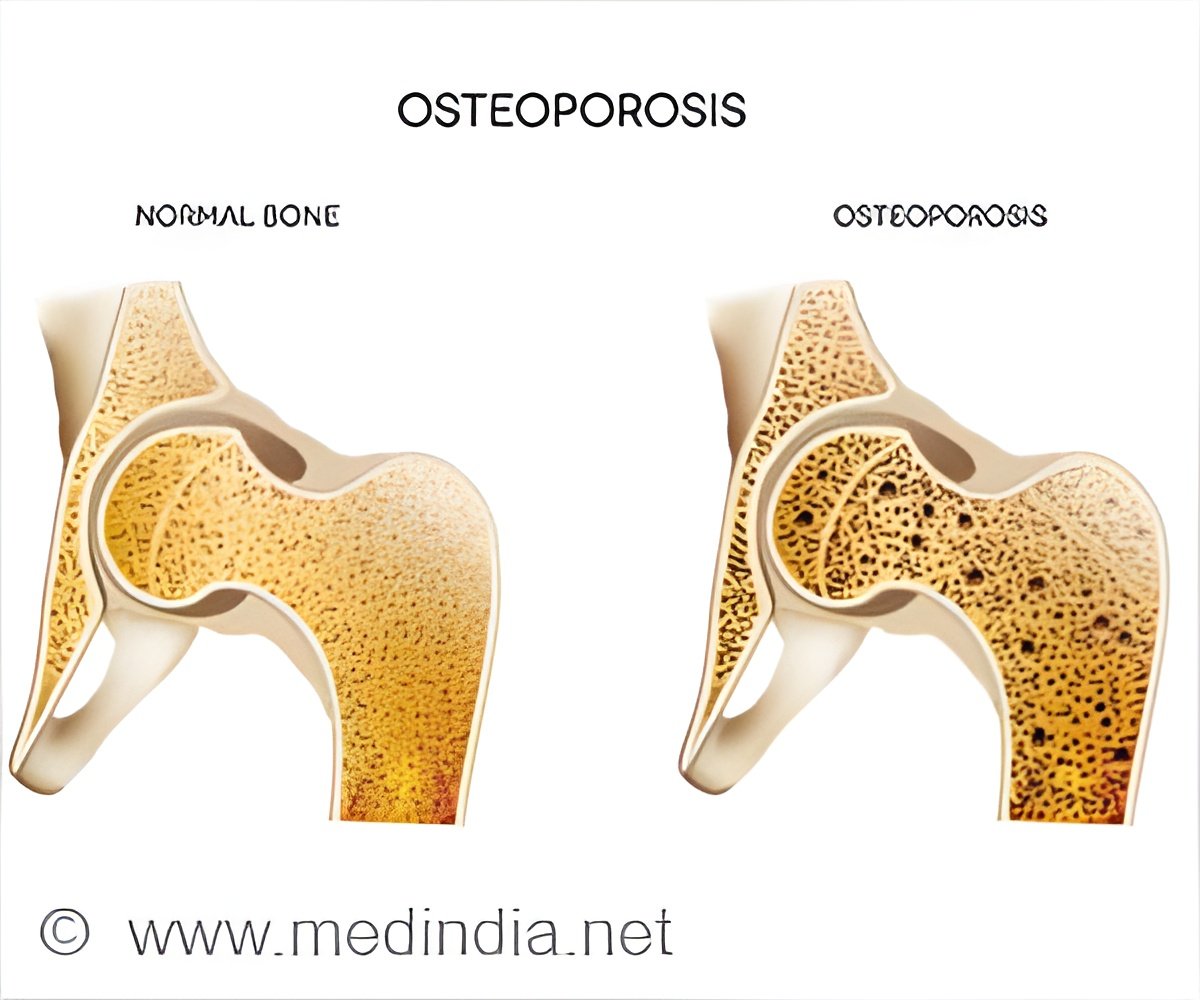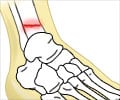
‘Fragility fractures are a major cause of disability and early death in older adults, with one in three women and one in five men aged fifty and above sustaining a fracture in their remaining lifetime.
’
Read More..Tweet it Now
Osteoporosis is a chronic condition in which bone mass and strength decrease causing an increased risk of fractures. Read More..
The authors find that in 2017 an estimated 2.7 million fragility fractures in the six countries resulted in an associated annual cost of €37.5 billion. By 2030, the number of annual fragility fractures is expected to increase by 23 percent, to 3.3 million, with projected costs of approximately €47.4 billion.
The burden of fragility fractures exceeds those of many other chronic diseases. An estimated 1.02 million quality-adjusted life years (QALYSs) were lost in 2017 due to fracture. The current disability-adjusted life years (DALYs) per 1000 individuals age 50 years or more is estimated at 21 years, which is higher than the estimates for stroke or chronic obstructive pulmonary disease. Fractures also result in loss of productivity, with sick days taken in 2017 by non-retired individuals in the six countries totaling 7.6 million days.
Impairment due to fragility fractures, which includes pain, immobility, and fear of falling, can make even simple daily activities such as dressing and washing difficult. As a result, the burden on informal caregivers, such as family members, may be significant. Average annual hours of care by relatives after a hip fracture is found to be as high 744 hours and 652 hours, per year, per 1000 individuals, in Spain and Italy, respectively. Another major and costly burden caused by fragility fractures is the long-term impact on independence, which may require individuals to move into long-term care (LTC) facilities. The percentage of patients moving into LTC varies from 2.1% at ages 50-60 years to 35.3% at ages 90 and above.
As well as quantifying the heavy burden of fragility fractures on patients, their families, and national healthcare systems, the study also identifies a massive treatment gap in all countries, based on the percentage of eligible individuals not receiving medication. The smallest treatment gap is in the UK (64% in women and 43% in men) and the highest treatment gap in Germany, with only 20% of eligible men and 22% of women receiving a pharmacological intervention to prevent future fractures.
Advertisement
Given that a first fracture is a warning sign of future fractures, post-fracture care to treat osteoporosis is of critical importance and the key to preventing a cycle of recurring fractures, pain, and long-term disability. Nevertheless, the proportion of fracture patients starting treatment is low. In France, Sweden and Spain, 85%, 84% and 72% of fracture patients remained untreated one year after fracture.
Advertisement
IOF President and co-author Professor Cyrus Cooper stated: "In Europe, the lifetime risk of sustaining a life-threatening hip fracture is similar to the lifetime risk of a stroke. Yet as this study so clearly reveals, osteoporosis and fracture prevention remain markedly under-prioritized in health care policy across Europe. IOF calls on health authorities to take action and respond to the escalating fragility fracture crisis by prioritizing care standards and funding to support the implementation of Fracture Liaison Services."
Source-Eurekalert















